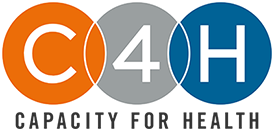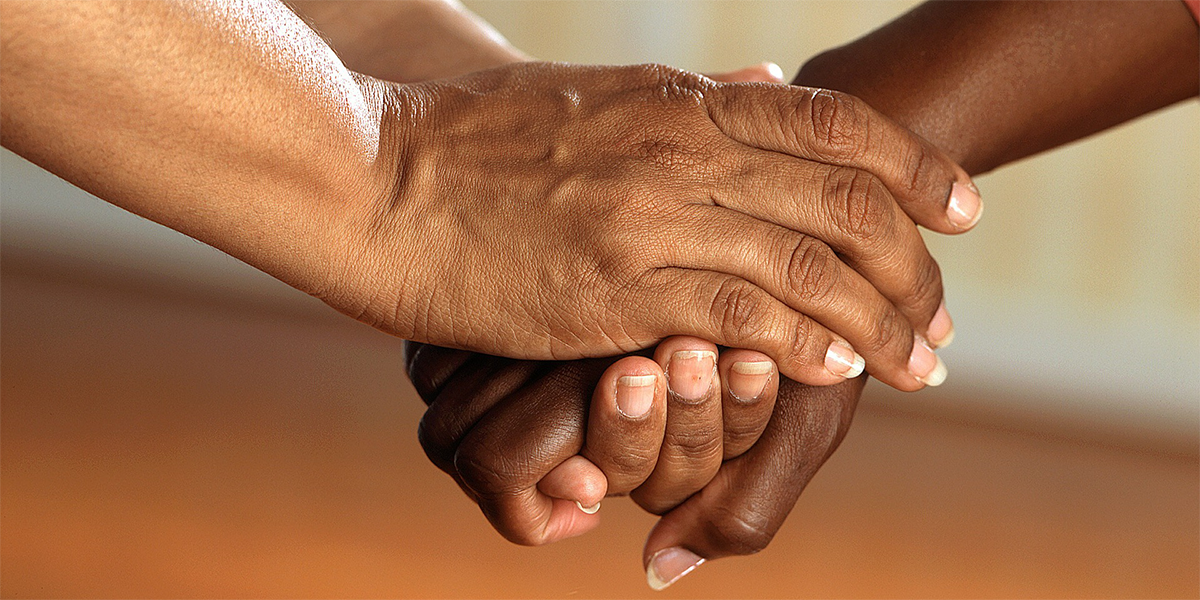When it comes to the fight against HIV/AIDS, awareness plays a critical role. According to the Centers for Disease Control, diagnosing people living with HIV and providing them with treatment would greatly reduce risk of transmission, preventing about 90 percent of new infections.
The most effective way to achieve increased diagnoses and treatment rates? Implementing strategies to improve HIV awareness.
HIV prevention strategies work; from 2008 to 2016, annual HIV infections decreased by 7 percent, a drop that the CDC attributes to an increase in testing and treatment. The formula is simple: Because HIV is preventable, increasing awareness is key. Here are three HIV awareness strategies your organization can use to raise awareness in your community.
1) Focus Your Efforts
When it comes to community-based interventions, taking a targeted approach is key. While it’s easy to see why an organization would want to reach as many community members as possible, painting with broad strokes isn’t always the most effective approach. If you try to reach everyone, you’re less likely to reach those who really need your help.
Instead, develop an outreach plan that targets specific audiences. To optimize impact, focus your efforts on groups with the highest risk. Taking contextual factors into account — socio-economic, cultural, gender, sexual orientation, etc. — is key when working with local populations. There may be barriers, like language gaps, social stigma, or a lack of financial resources, that uniquely impact your target population and their likelihood of, or ability to, seeking testing or treatment. Effective programs combine behavioral, structural, and medical intervention strategies for a holistic approach.
On a larger scale, take advantage of HIV awareness days to boost your message. Nationwide events like National Black HIV/AIDS Awareness Day in January, HIV Vaccine Awareness Day in May, National HIV Testing Day in June, and many more make it easy to spread the word. Dovetail your outreach with national campaigns to amplify your message locally.
2) Understand Emerging Issues in HIV Prevention
Before taking HIV prevention strategies to your community, it’s essential to understand emerging issues in the field. One such issue lies in changing public perception surrounding the serious nature of HIV and AIDS. As the AIDS crisis of the 1980s and 1990s recedes ever further into the past, fewer people perceive HIV as a serious issue.
Unfortunately, that means risky behaviors may once again become common; evidence suggests that certain high-risk populations, such as gay and bisexual men and people of color, may in fact be experiencing an increase in risky behavior. Fortunately, pre-exposure prophylaxis (PrEP) has proven an effective HIV prevention strategy. Increasing at-risk populations’ awareness of the dangers of risky behavior, HIV prevention options like PreP (which may help mitigate said behavior), and their testing and treatment options is key.
When designing HIV prevention strategies and awareness campaigns, take the time to research the latest issues in the field. Build on others’ successes and incorporate their best practices and new information into your own efforts.
3) Promote Actionable Behavior
Today, most people are aware of the basics of HIV/AIDS, like what the virus is and how it’s spread. Instead of hammering on the basics, try to provide information that your target audience may not already know.
In practical terms, this means focusing your efforts on actions people can take to prevent the spread of HIV. Actionable behaviors like HIV testing, taking PrEP, the location of needle exchanges in your community, or the date of the next condom distribution event can help your target audience take actions to stop the virus.
The good news: Organizations working to increase HIV awareness have multiple resources from which they can draw. By focusing your efforts on the people in greatest need, keeping up with the latest research and news from the HIV field, and facilitating action, you can provide the tools people need to stop HIV in your community.
Improving HIV awareness in our communities is key to the fight against the virus. For more on how you can increase HIV awareness in your community, contact Capacity for Health today.







